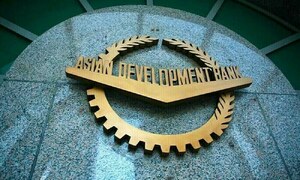As the time passed by, the competition for economic gain has also increased. In this pursuit of keeping oneself ahead of the world has made tremendous advancements. To keep the business efficient and profitable the world has always been receiving dents in one form or the others.
One of the most exploited resources among them are children. According to International Labour Organisation (ILO) there are 218 million are child labourer among which 216 million work in hazardous environment. It is estimated that by 2020, 730 million new workers will have joined the adult workforce where child labour will be most common.
Reasons for sending children to work rather than to school can be incentives that favour work, constraints that compel children to work, or parents or guardians not acting in the child's best interest.
We can eliminate this menace by taking some concrete steps. The first and foremost is to Improve incentives ie make school attendance more accessible, built more schools, flexible schooling. Parents can also be attracted by offering reduced or no school fees.
Other steps include removing constraints and addressing to the poverty issues. This may lead by improving access to credit for offering new avenues for business for local people.
A dilemma which is generally faced by parents that the parents of a child cannot find jobs because they are not competent enough or handicapped, forcing them to make their children work instead.
To create awareness among masses, health, safety and other employment standards should be fundamental for work place. Provide access to education and health services for ongoing support. This can also be maintained by offering vocational training and other rehabilitation facilities which would create more understanding among the people about healthy practices.
The legislation should also introduce and enforce child labour laws. Further, global and co-ordinated efforts are needed if we are to eliminate child labour completely.
BR100
15,085
Increased By
112.5 (0.75%)
BR30
44,012
Increased By
987.7 (2.3%)
KSE100
148,618
Increased By
1274.3 (0.86%)
KSE30
45,248
Increased By
370.7 (0.83%)





















Comments
Comments are closed.